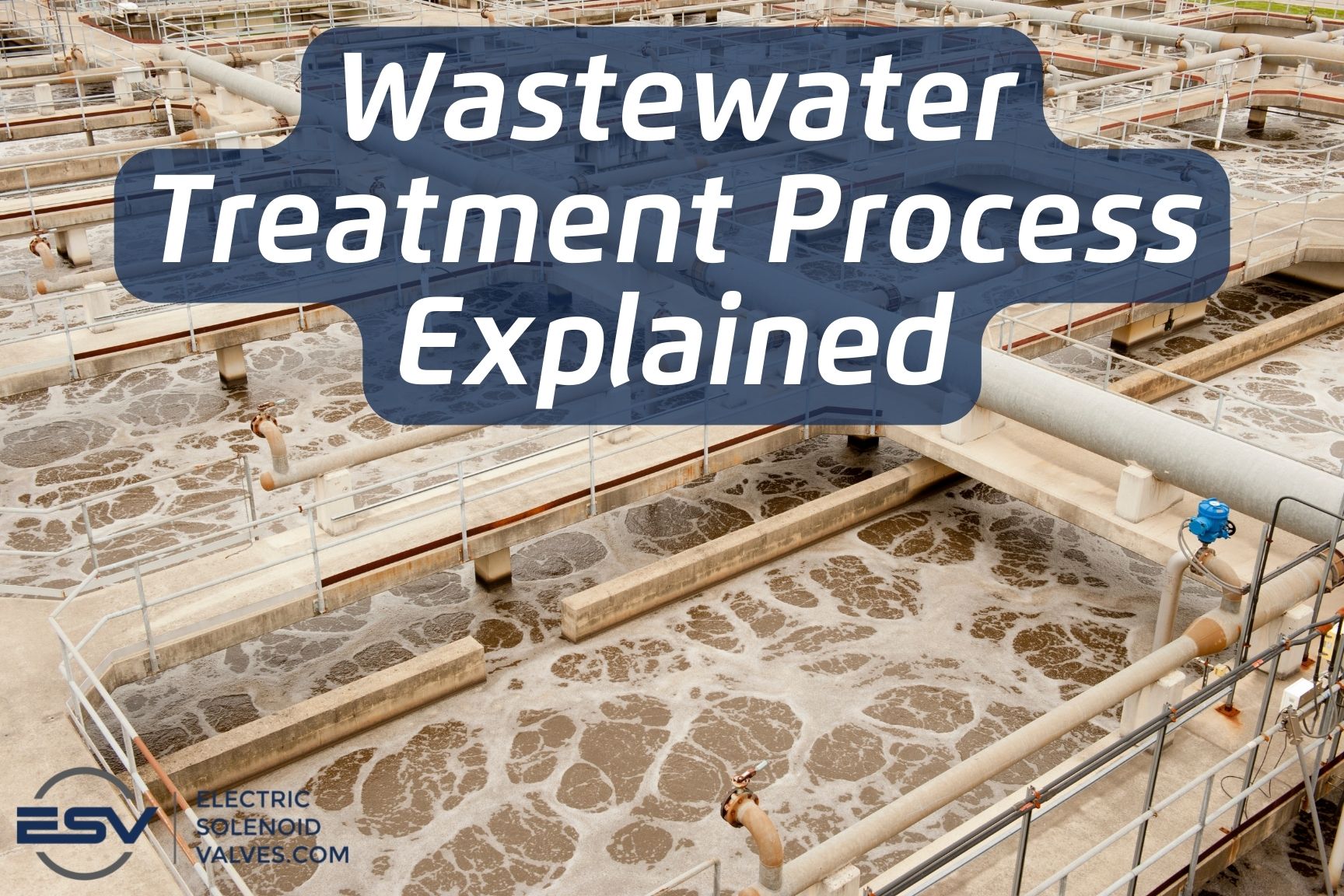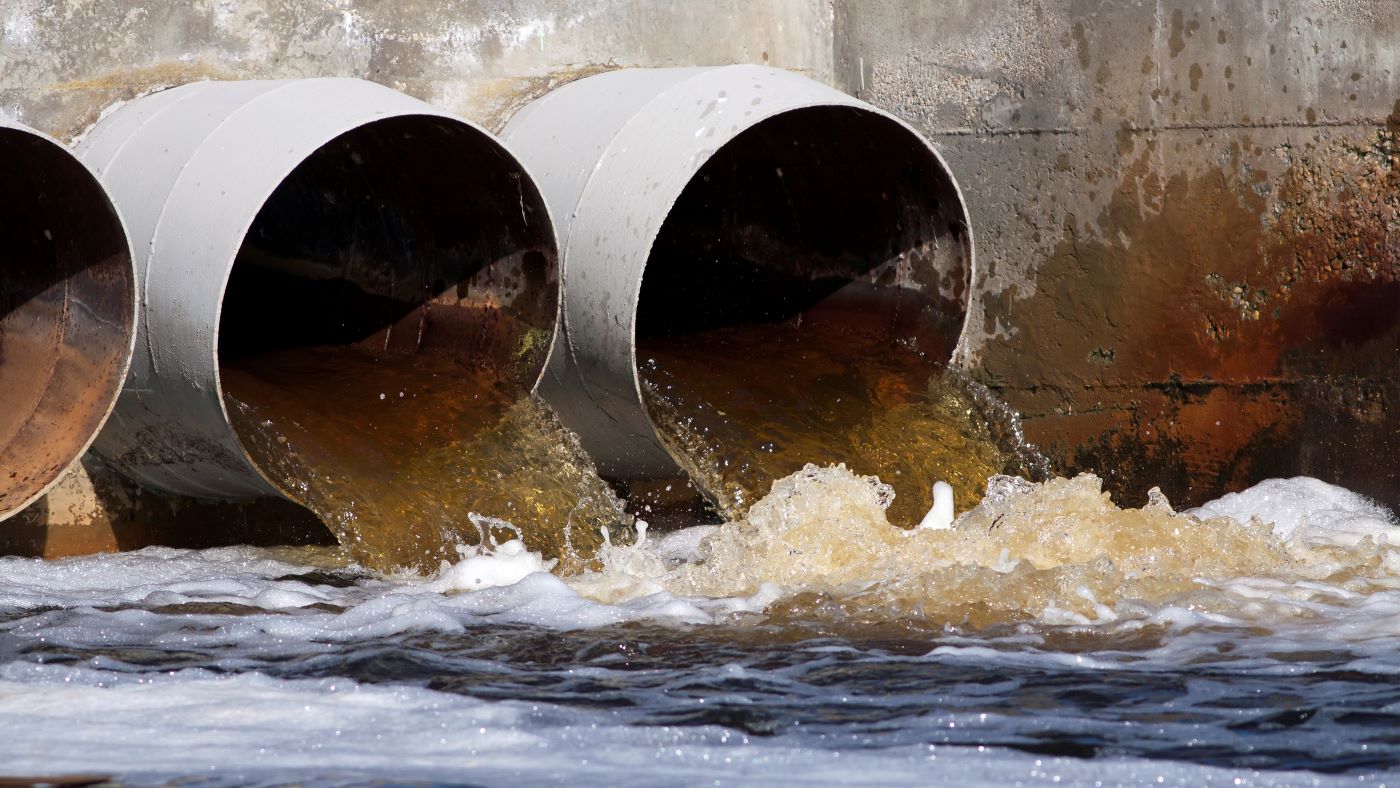Secret Obstacles in Urban Waste Water Treatment Strategies
Secret Obstacles in Urban Waste Water Treatment Strategies
Blog Article
Optimizing Drainage Treatment Processes: Techniques for Improved Water Top Quality and Resource Recuperation
In the world of wastewater treatment, the mission for improving efficiency and sustainability through process optimization is an ongoing pursuit that holds immense significance. By focusing on methods customized to raise water quality while at the same time taking advantage of beneficial sources, therapy plants can address pushing ecological concerns while unlocking economic advantages. From innovative innovations to innovative source recovery methods, the landscape of wastewater treatment is developing rapidly. As we dive into the complexities of enhancing these procedures, a globe of opportunities arises that assures not just cleaner water but likewise an extra lasting future.
Significance of Refine Optimization
Optimizing drainage treatment procedures through careful process optimization is critical for making the most of efficiency and making certain environmental sustainability. By fine-tuning each step of the treatment procedure, from initial consumption to last discharge, water treatment facilities can attain greater degrees of contaminant removal, reduce energy usage, and reduce the generation of waste spin-offs. Process optimization includes assessing key efficiency signs, such as hydraulic retention times, sludge retention times, and nutrient degrees, to recognize locations for improvement and implement targeted services.
Reliable procedure optimization not just enhances the general performance of waste water treatment plants however likewise adds to set you back financial savings and regulatory conformity. By maximizing processes, drivers can achieve greater therapy capabilities without the demand for significant infrastructure investments. Furthermore, enhanced therapy effectiveness brings about cleaner effluent discharge, reducing the environmental effect on obtaining water bodies and communities.

Advanced Treatment Technologies
In the realm of drainage treatment, the application of innovative treatment innovations plays a pivotal function in improving the overall effectiveness and effectiveness of the treatment procedures. These sophisticated technologies offer ingenious options to attend to complicated impurities present in wastewater streams, making certain the removal of contaminants to meet rigid water top quality standards. Advanced therapy procedures such as membrane bioreactors, ozonation, progressed oxidation procedures, and reverse osmosis make it possible for the detailed removal of contaminants, including emerging contaminants like pharmaceuticals and personal care items.
In addition, these innovations help with source healing by extracting useful materials such as phosphorus, nitrogen, and power from the wastewater. For instance, advanced nutrient removal modern technologies can recover phosphorus and nitrogen for reuse in agricultural fertilizers, while energy recuperation systems like anaerobic food digestion can harness biogas for electricity generation. By including sophisticated treatment technologies right into wastewater treatment plants, operators can boost water high quality, reduce ecological effect, and move towards an extra resource-efficient and lasting strategy to wastewater administration.
Resource Recuperation Techniques
Source recovery methods in wastewater therapy processes play a vital duty in maximizing the use of useful sources contained within wastewater streams. One common source healing technique is the extraction of nutrients like phosphorus and nitrogen from wastewater for reuse as plant foods or in commercial processes.
Water healing methods, such as membrane modern technologies and progressed filtering systems, make it possible for the therapy and reuse of water for non-potable applications like watering or commercial procedures. By carrying out resource recovery strategies in wastewater therapy plants, not only can beneficial resources be conserved and recycled, but the overall sustainability and performance of the treatment process can be dramatically improved. As the focus on source deficiency and ecological sustainability continues to expand, the significance of incorporating source recovery strategies into wastewater therapy processes ends up being increasingly evident.
Lasting Practices in Wastewater Treatment
Carrying out sustainable techniques in wastewater treatment facilities is important for improving environmental stewardship and lasting functional efficiency. Lasting methods in wastewater treatment include a variety of approaches focused on minimizing the environmental effect of treatment processes while making best use of source healing. One vital element of lasting wastewater treatment is the implementation of energy-efficient modern technologies to decrease the carbon impact of therapy plants. This can include making use of renewable resource resources such as solar or wind power, along with the optimization of existing processes to decrease energy intake.
Furthermore, the adoption of sophisticated treatment innovations that advertise water reuse and recycling plays a vital function in lasting wastewater administration. By dealing with wastewater to a high standard, it can be repurposed for various non-potable applications, such as watering, industrial processes, and even potable water published here production in some cases. This not only saves useful freshwater sources however additionally lowers the volume of effluent discharged into the environment.

Case Researches on Effective Optimization
As wastewater therapy centers progressively focus on sustainable practices, real-world case researches showcasing successful optimization approaches offer as important versions for sector innovation. One such study focuses on the application of sophisticated nutrient elimination technologies in a municipal wastewater treatment plant. By integrating biological nutrient removal processes and optimizing functional specifications, the facility attained substantial reductions in nitrogen and phosphorus degrees discharged right into getting waters, inevitably improving overall water top quality.
Another significant study includes the integration of anaerobic digestion systems in a commercial wastewater treatment plant to enhance energy healing and resource performance (Waste Water Treatment). With the digestion of natural waste products, the center not just produced biogas for energy manufacturing yet also reduced the volume of sludge needing disposal. This twin benefit not only improved the plant's sustainability performance however additionally led to price savings
These effective optimization techniques show the possibility for wastewater therapy facilities to achieve both economic and environmental benefits via effective processes and cutting-edge techniques. By gaining from these instance researches, sector professionals can further maximize their own procedures to improve water high quality and source healing.
Verdict
In conclusion, enhancing waste water treatment processes through innovative innovations, source recuperation methods, and lasting methods is essential for boosting water high quality and making best use of source recovery. Waste Water Visit This Link Treatment. Case research studies have shown successful application of optimization techniques in different wastewater treatment facilities. By remaining to prioritize procedure optimization, we can make sure reliable and efficient therapy of wastewater, eventually resulting in a more environmentally pleasant and sustainable approach to taking care of water resources
By fine-tuning each step of the therapy process, from initial consumption to final discharge, water therapy centers can accomplish greater levels of impurity elimination, minimize power intake, and lessen the generation of waste spin-offs.In the realm of waste water therapy, the application of advanced treatment innovations plays a critical duty in enhancing the total efficiency and effectiveness of the treatment procedures. By integrating advanced treatment innovations into wastewater therapy plants, drivers can boost water top quality, reduce environmental effect, and move in the direction of a more lasting and resource-efficient approach to wastewater monitoring.
By executing resource recuperation techniques in wastewater therapy plants, not only can useful resources be preserved and reused, however the overall sustainability and performance of the treatment process can be significantly improved. Sustainable see this website methods in wastewater therapy incorporate an array of techniques aimed at decreasing the ecological influence of therapy processes while making best use of source recovery.
Report this page